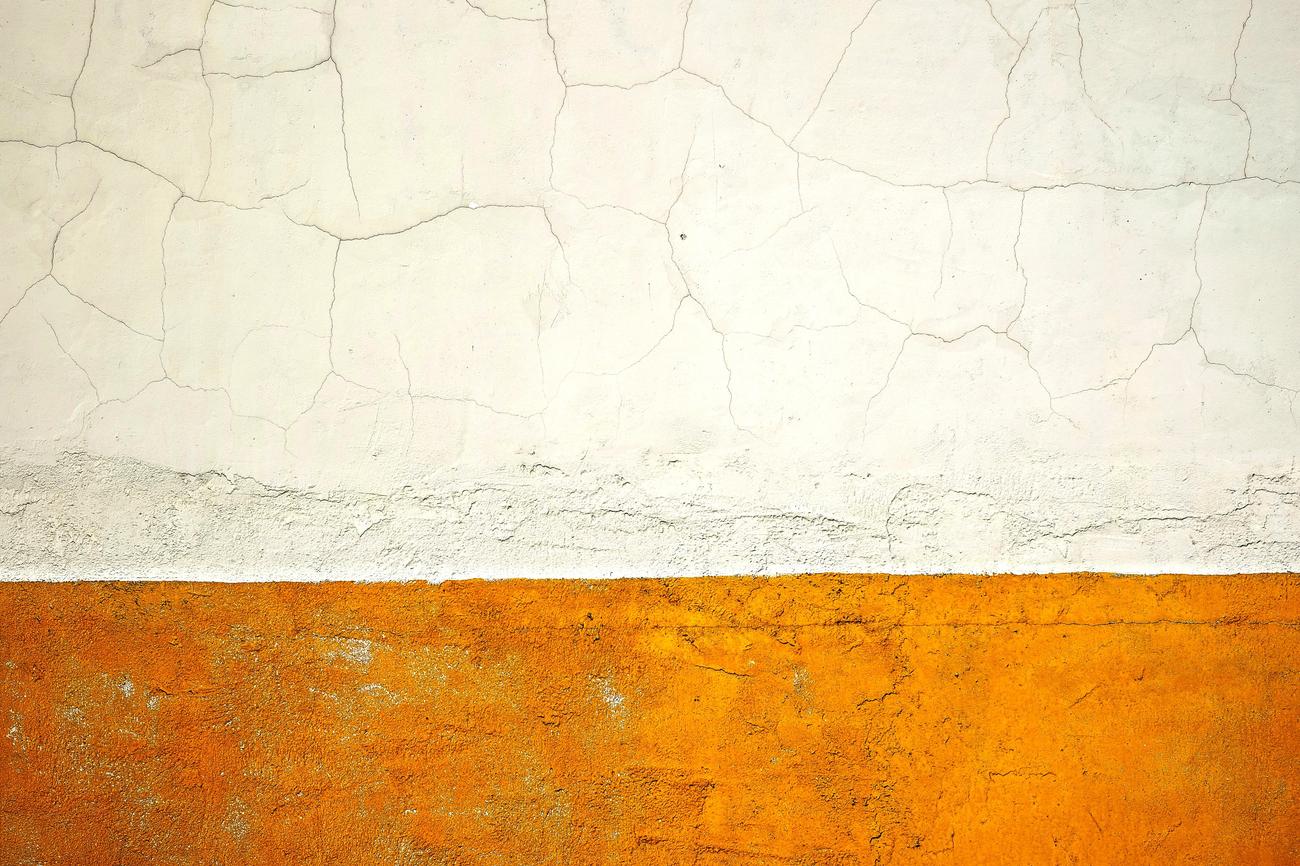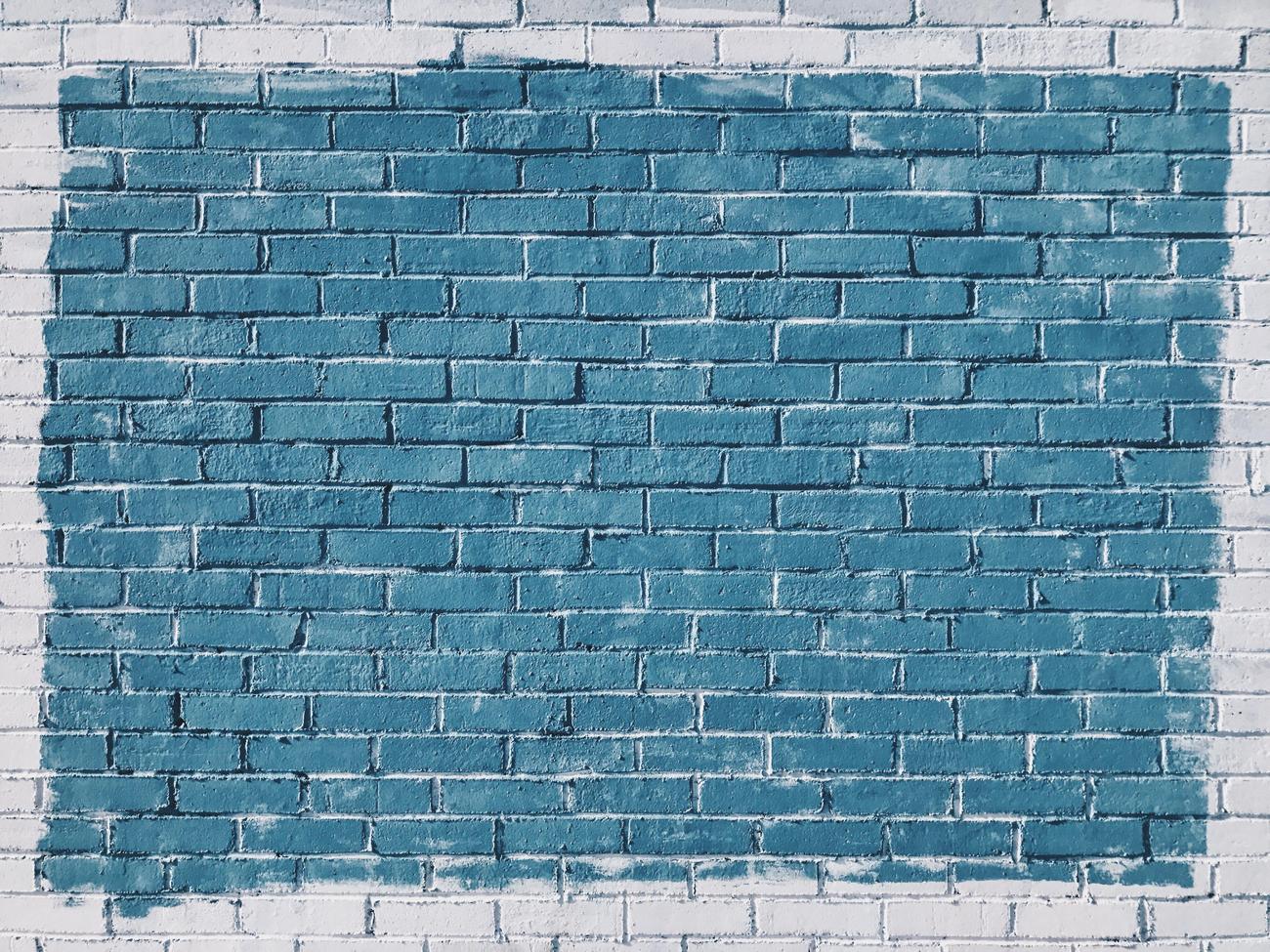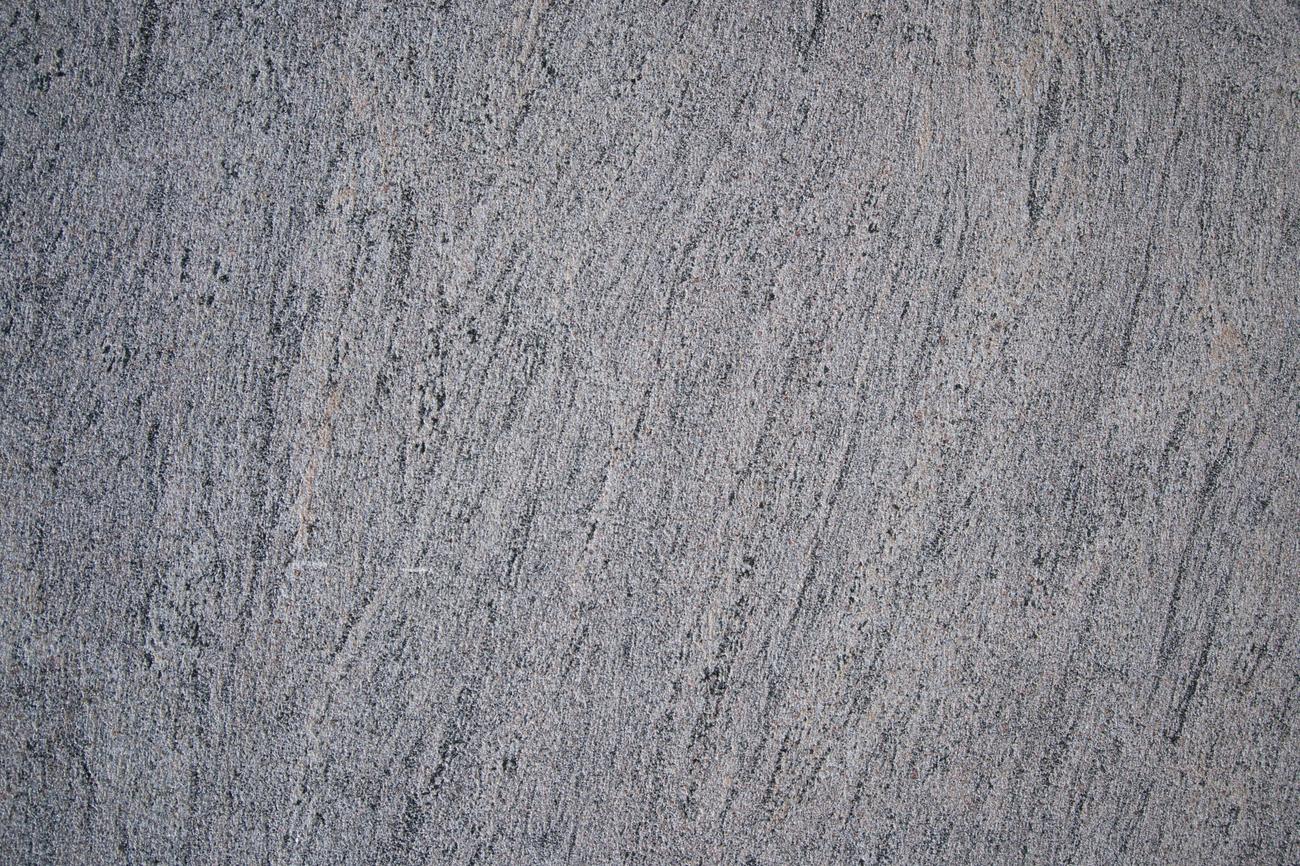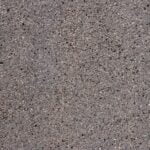Are you curious about the practical applications of granite, that versatile natural resource that has captured the attention of industries worldwide? If so, you’re in the right place. In this article, we will delve into the diverse uses of granite and explore how this magnificent stone contributes to construction, interior design, and infrastructure projects. Whether you’re an industry professional or simply intrigued by the potential of this rock, join me in unraveling the captivating world of granite and discovering the myriad ways it enhances our everyday lives.

What Is Granite Used For
Granite, a versatile rock that has been used for thousands of years, finds applications in various industries thanks to its exceptional properties. Construction, interior design, and infrastructure projects all benefit from the numerous uses of granite. Let’s explore some of the key applications of this remarkable natural resource.
Construction Materials
One of the most prominent uses of granite is as a construction material. Its strength, durability, and resistance make it an excellent choice for building sturdy structures that can withstand the test of time. Bridges, buildings, and monuments are often constructed using granite due to its robust nature. This igneous rock’s ability to endure decay and crumbling over time ensures the longevity of such structures.
Polished granite slabs and tiles are also utilized in indoor settings, such as countertops, tile floors, stair treads, and various decorative features. The smooth, polished surface of granite adds an elegant touch to any interior, making it a popular choice for architects and interior designers alike.
“Granite’s strength and durability make it an ideal construction material for sturdy structures that can endure the test of time.”
Decorative Stone
Granite’s natural beauty and aesthetic appeal have made it a sought-after decorative stone for centuries. Its unique veining patterns, diverse color options, and lustrous finish make it a versatile choice for a wide range of decorative applications. From fireplace mantles and floors to intricate jewelry pieces, granite adds a touch of elegance and sophistication to any setting.
Furthermore, granite’s hardness and resistance to scratches and stains make it an excellent choice for kitchen and bathroom countertops. Its durability ensures that these surfaces can withstand daily wear and tear while maintaining their beauty and functionality.
“With its diverse color options, lustrous finish, and unmatched durability, granite is the perfect choice for adding elegance and practicality to any space.”
Infrastructure Projects
Granite’s practical applications extend beyond construction and decoration. With over 40% of dimension stone quarried being granite, it is widely used as a durable construction material in asphalt and concrete for highway and infrastructure projects. Crushed granite serves as an essential component in the construction of roads, bridges, and other critical infrastructures, ensuring their resilience and longevity.
Not only is granite abundant and widely available, but its strong compositional properties, including high quartz, feldspar, and mica content, make it an excellent choice for architectural facades. It provides a visually appealing and durable surface that can withstand environmental elements, ensuring the longevity of buildings and constructions.
“Granite’s abundance, composition, and durability make it indispensable for creating resilient infrastructure and architectural facades.”
It is important to note that the properties and uses of granite can vary depending on its classification. Granite can be further classified into different types, such as I-type granite, S-type granite, greisen, aplite, granophyre, biotite, and amphibole. Each type possesses distinct characteristics that make it suitable for specific applications.
In conclusion, granite’s widespread applications in construction, interior design, and infrastructure projects can be attributed to its exceptional strength, durability, and aesthetic appeal. Whether it’s creating elegant countertops, constructing impressive monuments, or building resilient infrastructure, granite’s versatility makes it a valuable and reliable resource for a multitude of purposes.
“From countertops to monuments, construction to infrastructure projects, granite’s versatility and durability make it an indispensable natural resource in various industries.”
Granite is a fascinating material that has been used for centuries due to its durability and unique aesthetic appeal. If you are interested in learning some fun facts about granite, then you are in for a treat! Click here to discover more about the intriguing world of granite: fun facts about granite. You’ll be amazed by the geological wonders and historical significance of this versatile stone. So, don’t miss out on this chance to delve into the captivating realm of granite!
What Is Granite Used For?
Granite is a remarkable natural stone that possesses a multitude of uses. Its versatility makes it an invaluable material in various applications. From construction to interior design, granite offers limitless possibilities. Whether you are considering renovating your kitchen or planning an architectural marvel, this article will guide you through the many facets of granite.
Let’s begin with the versatile applications of granite. This exquisite stone can be transformed into kitchen countertops that lend elegance and durability to your culinary space. Its inherent strength also makes it an excellent choice for outdoor applications such as driveways and walkways. Discover more about the versatile applications of granite by clicking here.
However, granite’s uses extend far beyond traditional realms. It has become an icon of innovation and creativity in design. Architectural enthusiasts will be intrigued by the innovative uses for granite. From stunning sculptures to artistic installations, this stone can be fashioned into awe-inspiring works of art that redefine conventional boundaries. Uncover the innovative uses for granite by clicking here.
For those seeking a touch of uniqueness, granite offers a plethora of options. Explore the creative ways to utilize granite and let your imagination run wild. This extraordinary material can be transformed into stylish furniture, eye-catching accent pieces, or even captivating flooring patterns. With granite, the possibilities are endless. Click here to explore the creative ways to utilize granite.
In conclusion, granite is a material that transcends expectations, offering durability, grace, and boundless applications. From versatile uses to innovative designs and creative expressions, granite is truly a remarkable choice. Embark on your journey to discover the full potential of this extraordinary natural stone.
How Granite’s Strength, Beauty, and Versatility Make It Ideal for Diverse Applications
[youtube v=”_SkZTIrR0-U”]
Understanding the Nature of Granite
Granite, a type of igneous rock, holds a significant place in the world of construction and design. It is formed through the cooling and crystallization of magma deep within the Earth’s surface. This slow cooling process allows for the formation of large crystals, giving granite its distinctive coarse grain texture. The composition of granite consists mainly of silica, sodium, and potassium, with quartz and feldspar being the primary minerals present.
The Colors and Composition of Granite
The coloration of granite varies depending on the abundance and type of feldspars and the proportion of lighter to darker minerals. Granites can range from light grays and whites to dark gray or even pinkish-red tones. The presence of specific minerals, such as plesio place feldspars or orthoclace feldspars, can impact the coloration. Additionally, granites contain varying amounts of mica, including muscovite and biotite, which contribute to their visual appeal.
“The actual color of any given granite depends on the relative abundance and types of feldspars and the proportion of lighter to darker minerals.”
The Characteristics and Uses of Granite
Granite is renowned for its strength, durability, and resistance to decay, making it a popular choice for construction projects. Used extensively in architecture and design, granite proves its worth in various applications. Its multitude of uses is directly attributable to its unique qualities.
Firstly, polished granite slabs and tiles are commonly used in indoor settings. Countertops, tile floors, stair treads, and fireplace mantles benefit from the durability, natural beauty, and lustrous finish of granite.
“Granite is commonly used as a construction material due to its strength, durability, and resistance to decay.”
Secondly, granite’s hardness and resistance to scratches and stains make it an ideal material for kitchen and bathroom countertops. With its ability to withstand wear and tear, granite countertops ensure longevity and retain their aesthetic appeal over time.
Another prominent area of application for granite lies in infrastructure projects. The abundance, composition, and durability of granite make it a key component in asphalt and concrete for highways and critical infrastructures. Additionally, granite serves as a valuable resource for architectural facades, offering versatility and reliability in this field.
“Granite is widely used in infrastructure projects and is a key component in asphalt and concrete for highways and critical infrastructures.”
Finally, granite’s natural beauty and diverse color options make it a sought-after decorative stone. It finds its place not only in architecture but also in the creation of jewelry pieces. The unique characteristics of different types of granite make them suitable for specific applications, providing endless possibilities for creativity and design.
“Granite is a sought-after decorative stone due to its natural beauty, diverse color options, and lustrous finish.”
An Everlasting Influence on Landscapes
Beyond its manifold applications, granite leaves a lasting impact on the landscape through erosion. Over time, granite rocks erode, breaking down into sand-sized particles that can be carried away for hundreds of miles. This erosion process has shaped the Earth’s surface in various ways.
In high mountain regions, erosion leads to the formation of interesting spiers, crags, and castle-like formations. Exfoliation, a process where the exterior of granite breaks off in huge sheets, results in the creation of smooth dome-like masses of granite material. These formations are often found in landscapes impacted by glaciation.
“Granite can erode into interesting spiers and Crags and castle-like looking formations. Also, when glaciation has impacted the landscape, we get a process known as exfoliation.”
The Fascinating World of Granites
Granites are incredibly diverse, with different names assigned to the various rock variations. Cyanite refers to a lighter quartz-poor variety of granite, while monzonites and granite diorites exhibit darker and peppery appearances. Pegmatite, on the other hand, showcases coarse-grained and uneven granular textures, often containing large crystals.
“There’s a lot of different names for these various rocks. There’s cyanide, monzonites, and granite diorites, and there’s also pegmatite, which has those really coarse-grained sometimes uneven granular looks to it.”
From its strength and durability to its natural beauty and versatility, granite has become an indispensable resource. Its applications range from construction and architecture to design and decoration. As a granite enthusiast, stay tuned for upcoming videos delving into the intriguing world of pegmatites and their role in rockhounding.
“Granite, with its strength, beauty, and versatility, has become a valuable and reliable resource for various industries.”

FAQ
Question 1: What are some common uses of granite?
Answer 1: Granite is a highly versatile rock that is used in various applications. Some common uses of granite include construction materials, architectural facades, paving stones, countertops, floor tiles, stair treads, monuments, and jewelry.
Question 2: Why is granite a popular choice in construction?
Answer 2: Granite is widely used in construction due to its strength, hardness, and durability. It can withstand decay and crumble over time, making it a long-lasting material for buildings, bridges, and infrastructure projects.
Question 3: Is granite used for decorative purposes?
Answer 3: Yes, granite is often used for decorative purposes. It is commonly used as an architectural stone, decorative stone, and dimension stone. Its aesthetic appeal, along with its durability, makes it suitable for various decorative features such as countertops, fireplace mantles, and floor tiles.
Question 4: What are the properties of granite that make it suitable for practical applications?
Answer 4: Granite is known for its abundance, strength, hardness, and resistance. Its high quartz, feldspar, and mica content contribute to its durability and make it suitable for practical applications such as construction materials, paving stones, and monument building.
Question 5: How is granite formed?
Answer 5: Granite is formed through the cooling of magma under the Earth’s surface. It is the most common igneous rock found at the Earth’s surface and is widely available for use in various applications.
- Unlock 6000+ words beginning with he: A comprehensive analysis - April 20, 2025
- Mastering -al Words: A Complete Guide - April 20, 2025
- Master Scrabble: High-Scoring BAR Words Now - April 20, 2025
















